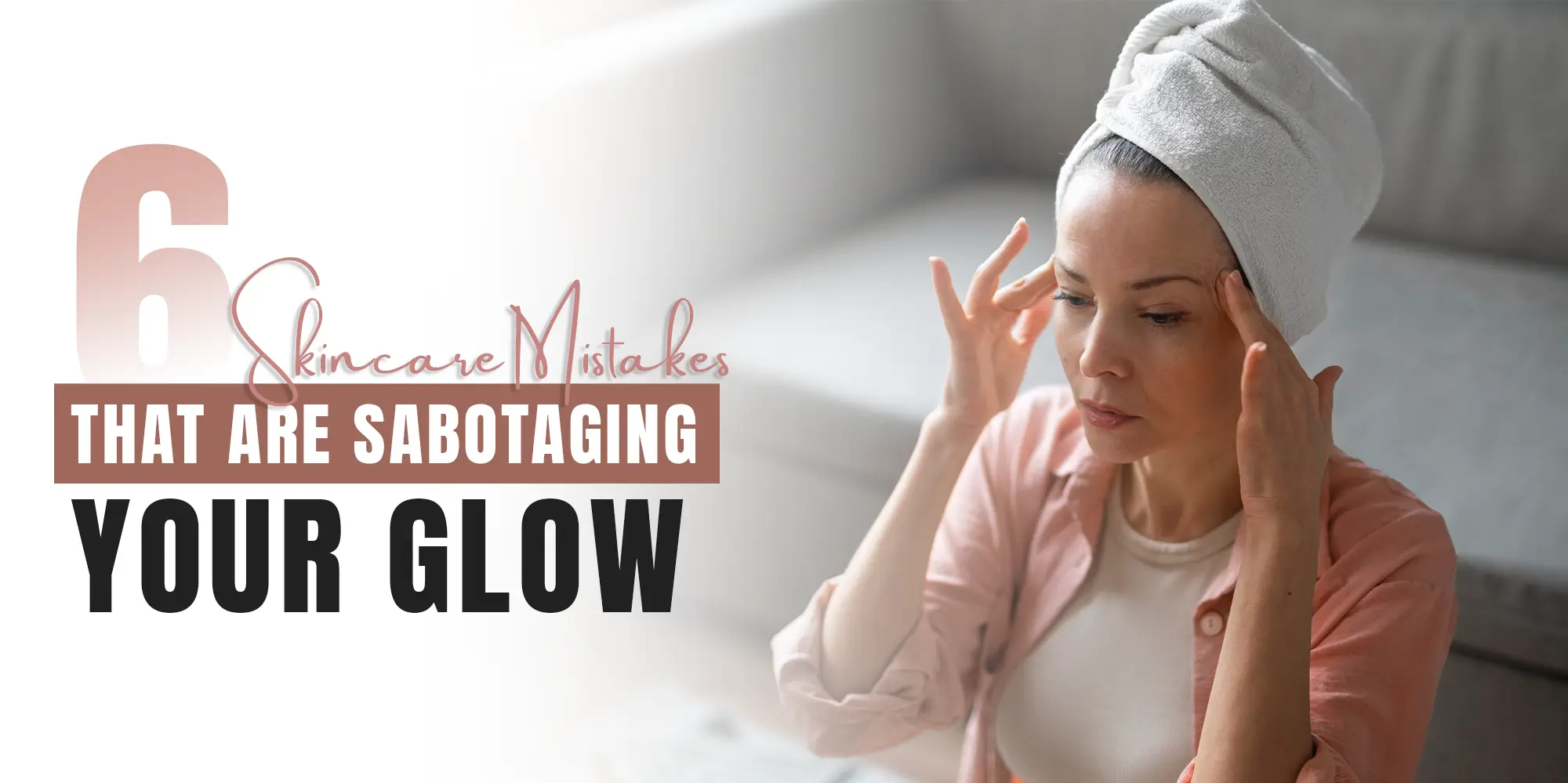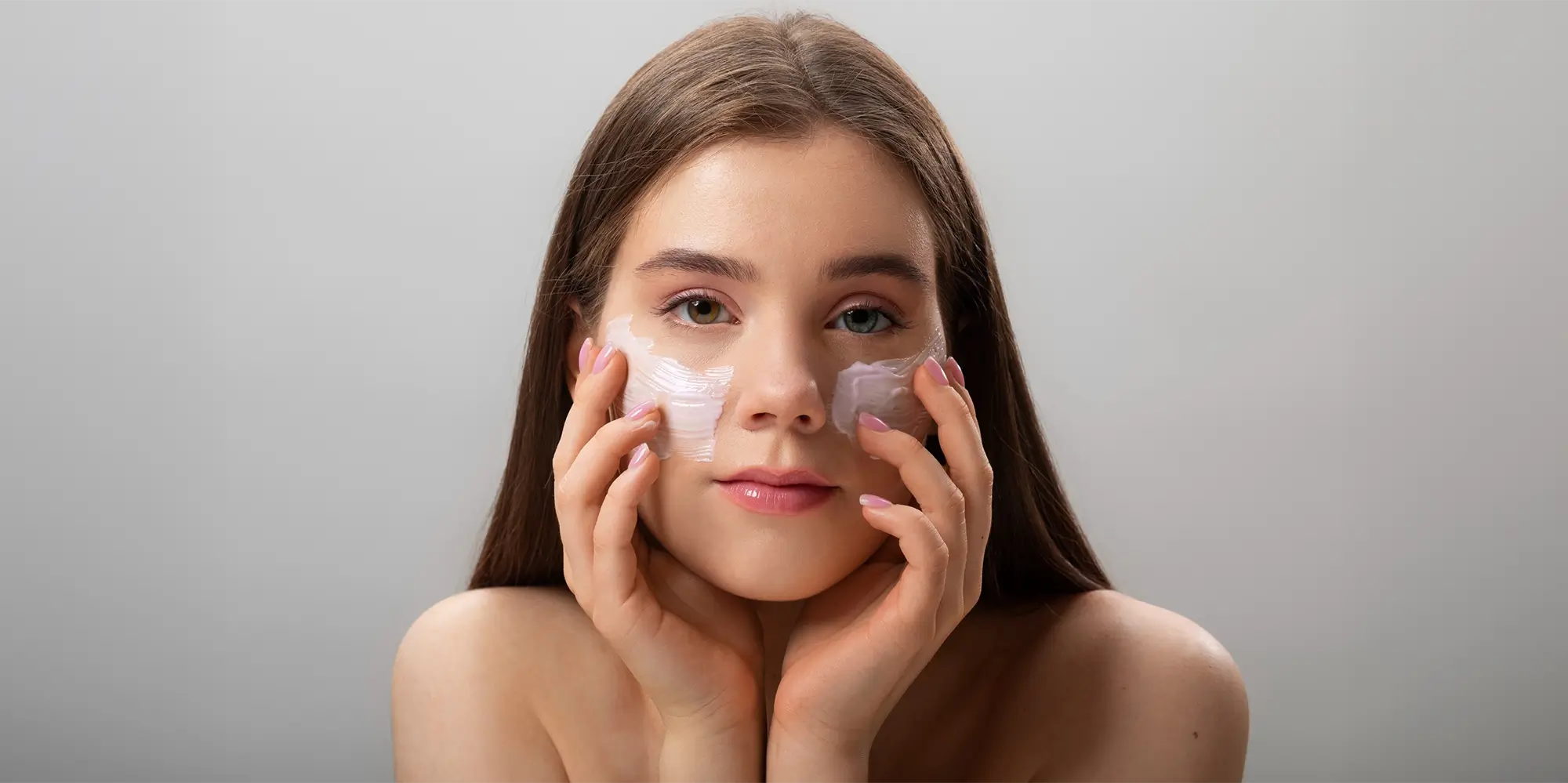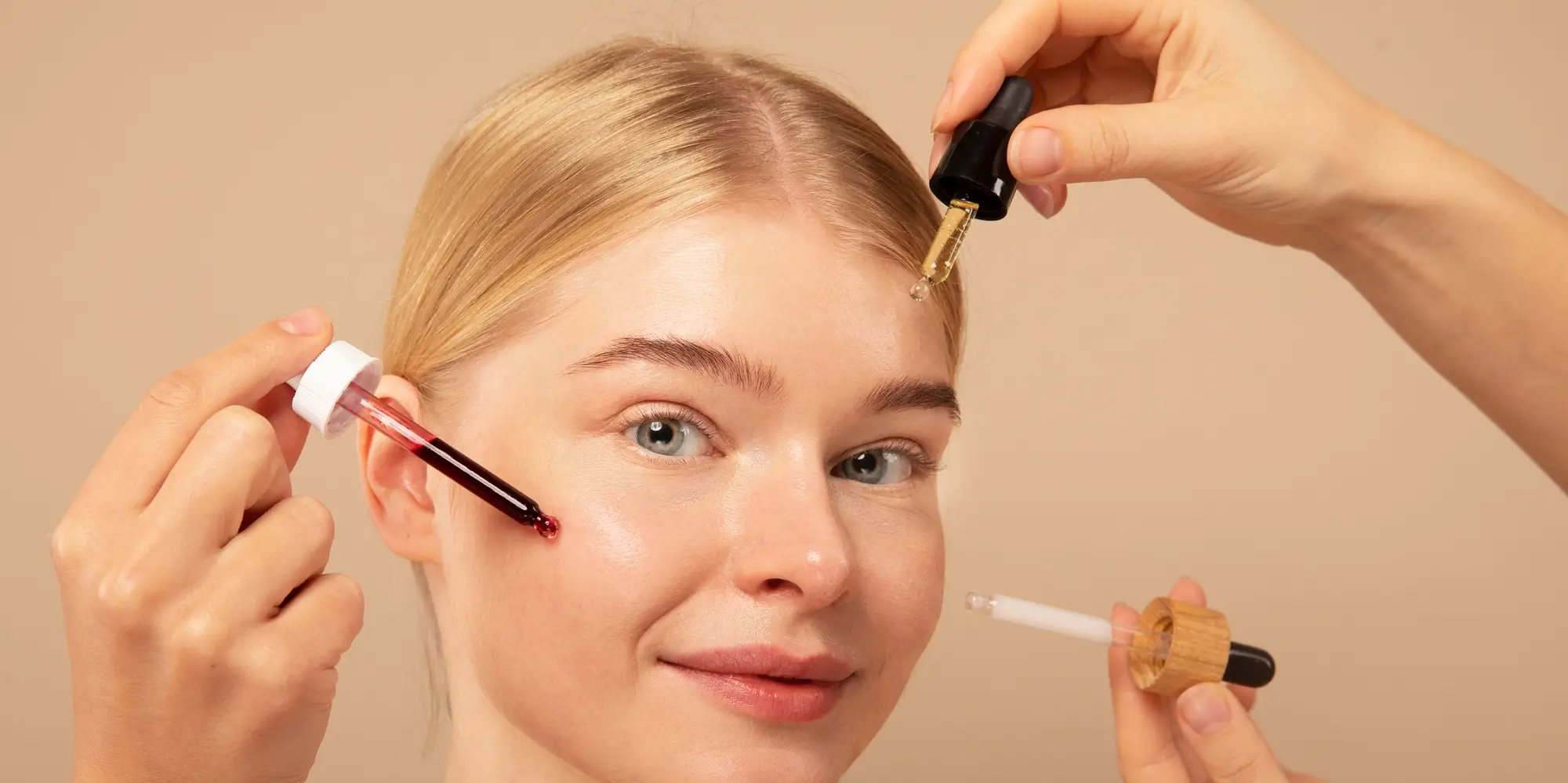Even if you follow every step of your skincare routine, your skin may not always cooperate. Products promise glowing results, yet nothing seems to change. Often, the problem isn’t your products, it’s how you’re using them. Here’s an expert guide to spotting common mistakes and getting your routine back on track.
Why Your Skin Might Resist
Sometimes, even the best products don’t give visible results. This can happen because each person’s skin is unique, and factors like hydration levels, collagen production, or cell turnover can affect how quickly improvements appear.
Some changes, like increased moisture or smoother texture, may show within days, while others, such as boosting collagen, renewing cells, or fading pigmentation, can take weeks. Patience is key, as skin processes vary from person to person.
If a routine is genuinely causing problems, the signs are usually clear: irritation, redness, itching, or inflammation. In those cases, it’s best to pause, focus on repairing the skin’s barrier, and reintroduce products slowly.
Skincare Mistakes That Could Be Holding You Back
1. Skipping Proper Cleansing
Cleansing is the foundation of every routine. Felices likens skipping it to “serving dinner on dirty breakfast dishes.” Even the most advanced serum can’t perform if it’s sitting on unclean skin.
Tips for effective cleansing:
- Start with an oil-based cleanser to remove makeup, sunscreen, and excess sebum.
- Follow with a gentle water-based cleanser to remove sweat and environmental residues.
- Use a mild enzymatic exfoliant occasionally to smooth texture and improve product absorption, but avoid aggressive scrubbing.
2. Forgetting Sun Protection
SPF isn’t optional, it’s essential. Sun exposure drives premature aging, pigmentation, and other skin issues. Felices notes that applying sunscreen too early in your routine, before other products absorb, reduces its effectiveness.
Pro tip: Apply a broad-spectrum sunscreen at the end of your morning routine, after serums and moisturizers have fully absorbed, to get maximum protection.
3. Layering Products in the Wrong Order
The order in which you apply products matters. Lightweight, water-based treatments like toners and serums should go on before creams or heavier moisturizers. If you apply thick creams first, they act as a barrier, preventing active ingredients from penetrating.
Quick rule of thumb: Think from thinnest to thickest texture and let each product absorb before applying the next.
4. Lacking Consistency
Skin doesn’t transform overnight. Felices emphasizes that “continuous and disciplined use is needed for weeks or months for biological processes to respond.” Switching products too often or giving up early makes it nearly impossible to see meaningful results.
Tip: Stick to your routine for at least 4–6 weeks before judging its effectiveness, unless irritation occurs.
5. Ignoring Usage Directions
Leaving a mask on all night or overusing products won’t make them more effective, in fact, it can backfire. Most skincare directions are based on studies that determine optimal exposure. For example, hydration masks transfer the bulk of their benefits in the first 15–20 minutes; leaving them longer can allow moisture to be reabsorbed into the mask, reducing benefits.
Takeaway: Follow the instructions provided, even for high-end or trending products.
6. Mixing Actives Without a Plan
More isn’t always better. Overloading your skin with actives can weaken the barrier, trigger redness, flaking, or inflammation, and disrupt your skin microbiome. Felices advises simplifying routines, spacing out treatments, and prioritizing balance over quantity.
Common combinations to avoid or manage carefully:
- Photosensitive actives in the day: Retinol, glycolic acid, or pure vitamin C can degrade or irritate in sunlight. Save them for nighttime, and use antioxidants plus SPF in the morning.
- Retinoids and intensive exfoliants: Both speed up cell turnover. Combining them without professional guidance can cause irritation. Alternate nights instead.
- Niacinamide and highly acidic products: Niacinamide is sensitive to low pH. Mixing it with AHAs, BHAs, or pure vitamin C in acidic formulas may lead to redness. Separate usage by time of day.
- Copper peptides and vitamin C: Both are powerful, but together they can slightly reduce each other’s effectiveness. Use vitamin C in the morning and peptides at night.
When in doubt, consult a professional who understands both the ingredients and your skin type. Advanced cosmetics work best when personalized, not when applied haphazardly.
Making Your Routine Work
The key to a successful skincare routine is balance, patience, and understanding. Cleansing thoroughly, protecting your skin from UV rays, following the correct order, staying consistent, using products as directed, and pairing actives wisely can dramatically improve results.
Remember: skincare isn’t a race, it’s a process. Quick fixes are rare, but disciplined, informed routines lead to long-term benefits. By listening to your skin and applying treatments thoughtfully, you’ll unlock the true potential of your products, and finally see the results you’ve been hoping for.



















